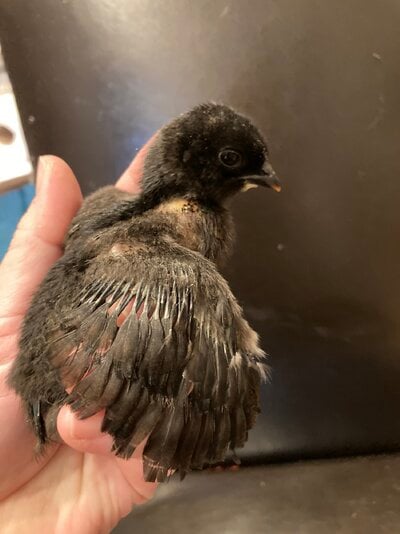SycamoreHorsesFarm
Chirping
I hatched this little EE chick out last week and she hardly has any down! It’s short like velvet. Her feathers are growing in like normal and she is active and healthy otherwise. I’ve found some studies on “clubbed down” in meat birds.
Has anyone seen this and will she grow normal down? Her new shoulder feathers look particularly silly sticking straight out.
Has anyone seen this and will she grow normal down? Her new shoulder feathers look particularly silly sticking straight out.







